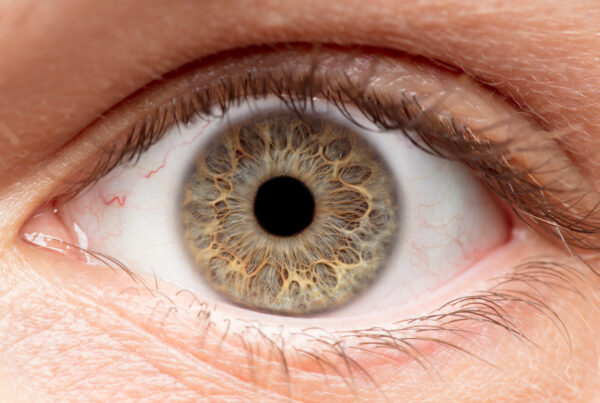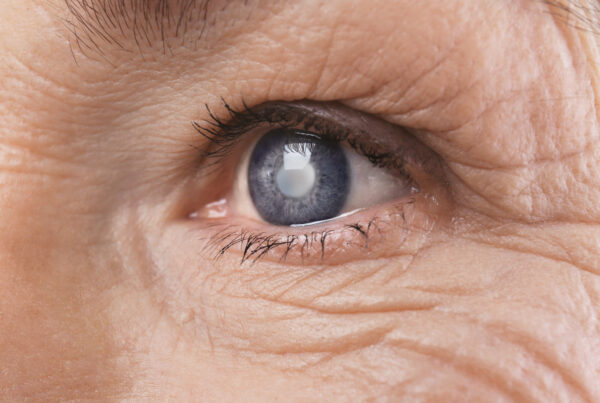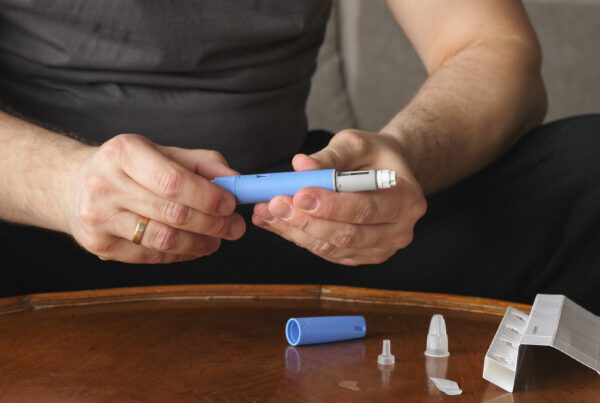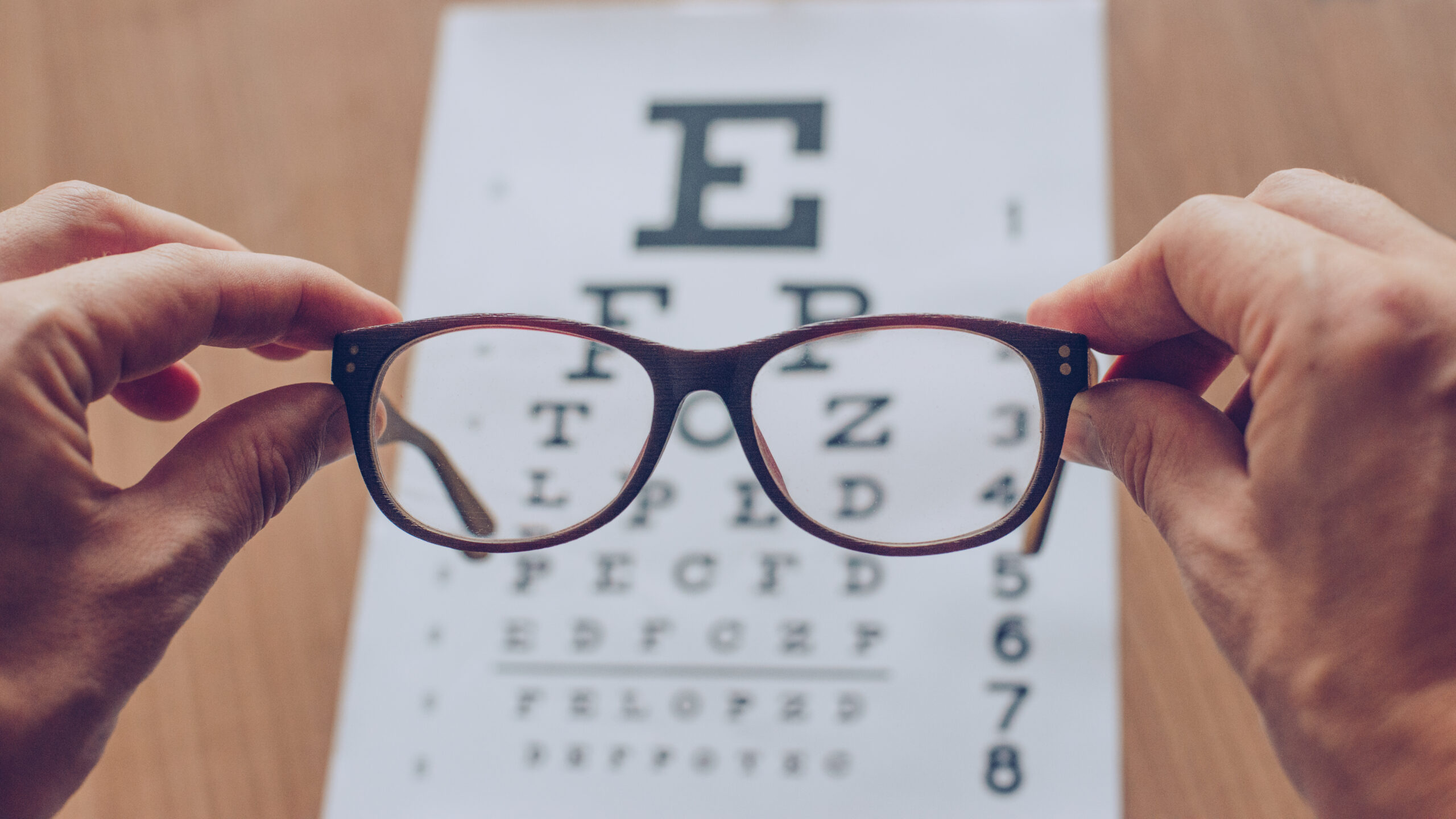
Let’s say you notice your vision has gotten worse since your last eye exam. You go to see your eye doctor and they tell you, “Glasses (or contacts) won’t improve your vision.” I bet you’re wondering, why not? Surely a stronger prescription would help you see better, right? Not necessarily. Glasses and/or contacts only help correct nearsightedness, farsightedness, and astigmatism. They do not correct common eye diseases such as glaucoma, macular degeneration, diabetic retinopathy, retinal detachments, macular holes, macular puckers, corneal scarring, and more. Think of the eye like a camera. The lens of the camera is like the lens of our eye. A glasses prescription fine tunes the focus of our lens. The film of the camera is like our retina. Even if the lens of the camera is perfect, if the film is damaged the picture will turn out inadequate. Even if our lens or our glasses prescription is perfect, if the retina is damaged the picture (our
vision) will also be inadequate. People with retina or other damage to the eye, possibly due to one of the conditions I listed above, may have reduced vision. If reduced enough, we call this low vision or blindness. It’s important to note that some people are born with low vision or blindness due to congenital conditions, trauma, etc. People can lose vision suddenly or progressively over time.
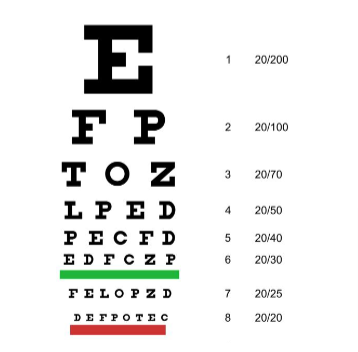
The eye chart is how we measure vision, at a distance of 20 feet. If you look at the eye chart photo, you’ll notice the very bottom or smallest line is “20/20” or what we consider “perfect” vision. As the letters get larger, the second number also increases. The top letter (E) is “20/200”, and the third line down (T O Z) is “20/70.” “Low vision” is vision that is only correctable (with glasses/contacts) to 20/70 (meaning you could only see as much detail at 20 feet away as most people could see from 70) or worse. Legal blindness is vision that is only correctable to 20/200 or worse. A person can be legally blind and still have vision remaining, or they may not have any vision at all. Some individuals have perfect central vision, but no peripheral vision, and vice versa. Some eyes that have low vision or are blind may look entirely normal from the outside, and some may look milky or opacified. There are many resources and assistance for those who have low vision or are blind. I always recommend seeing a low vision specialist, or an optometrist that did extra training in helping those with low vision or blindness. In most cases, the vision cannot be “fixed.” The optometrist can help you with tactics and devices to make the most of what vision is remaining, so the utmost independence can be maintained, and that individual can live life to the fullest and happiest extent. If you have any questions about low vision or blindness, or are interested in seeing a low vision optometrist, please don’t hesitate to call the office.

